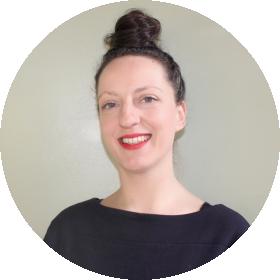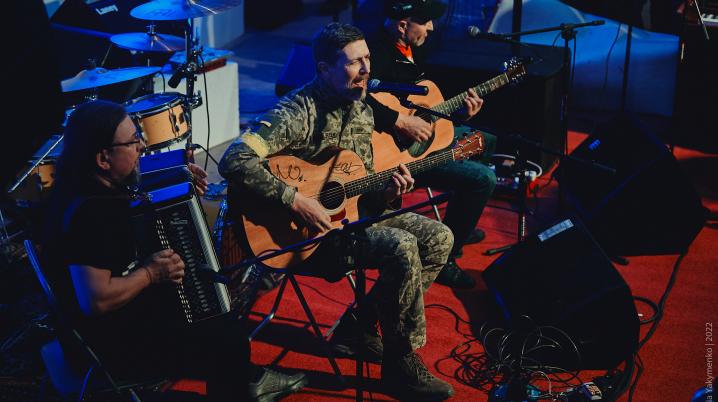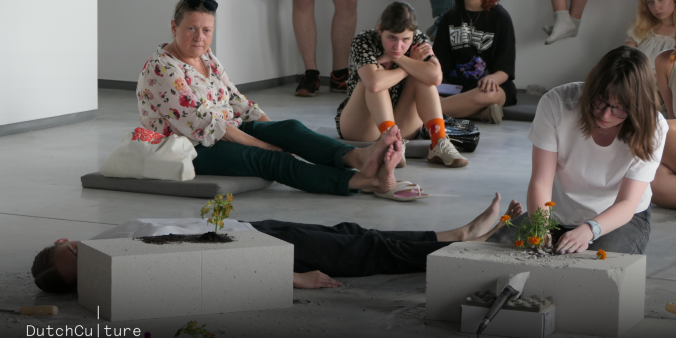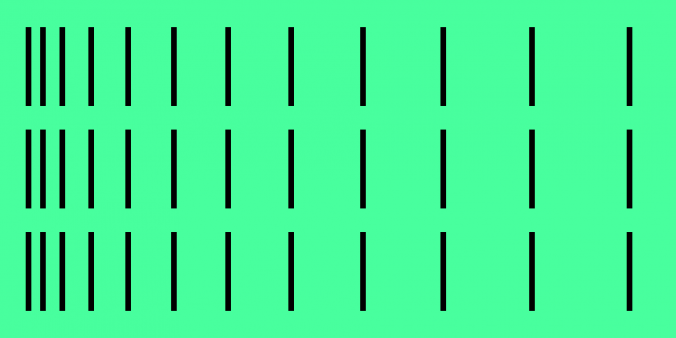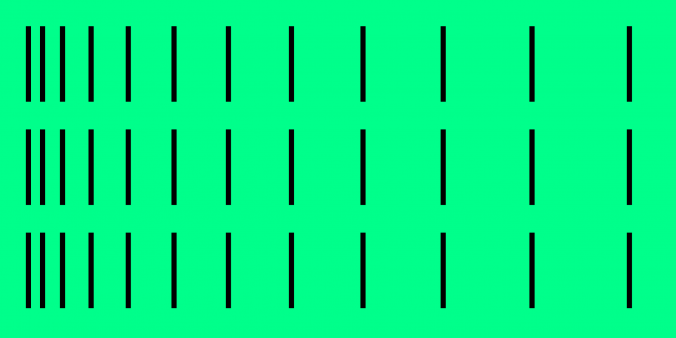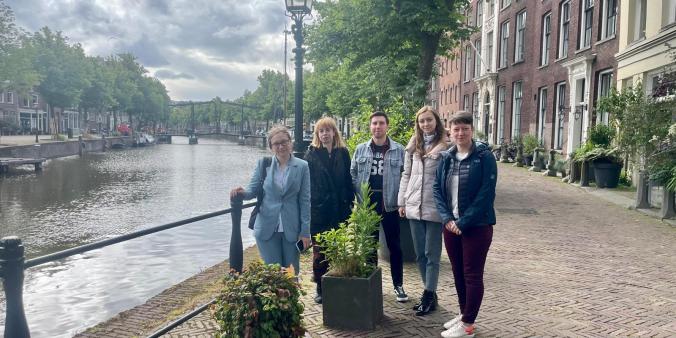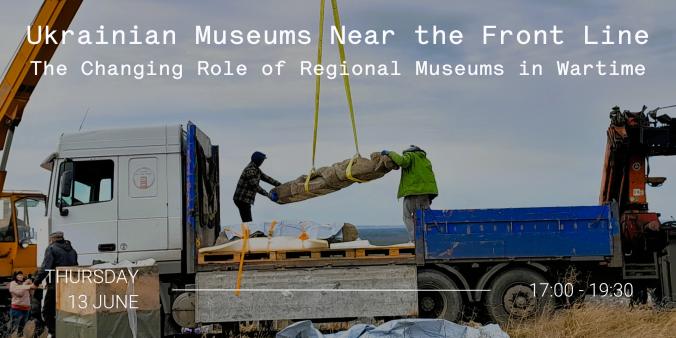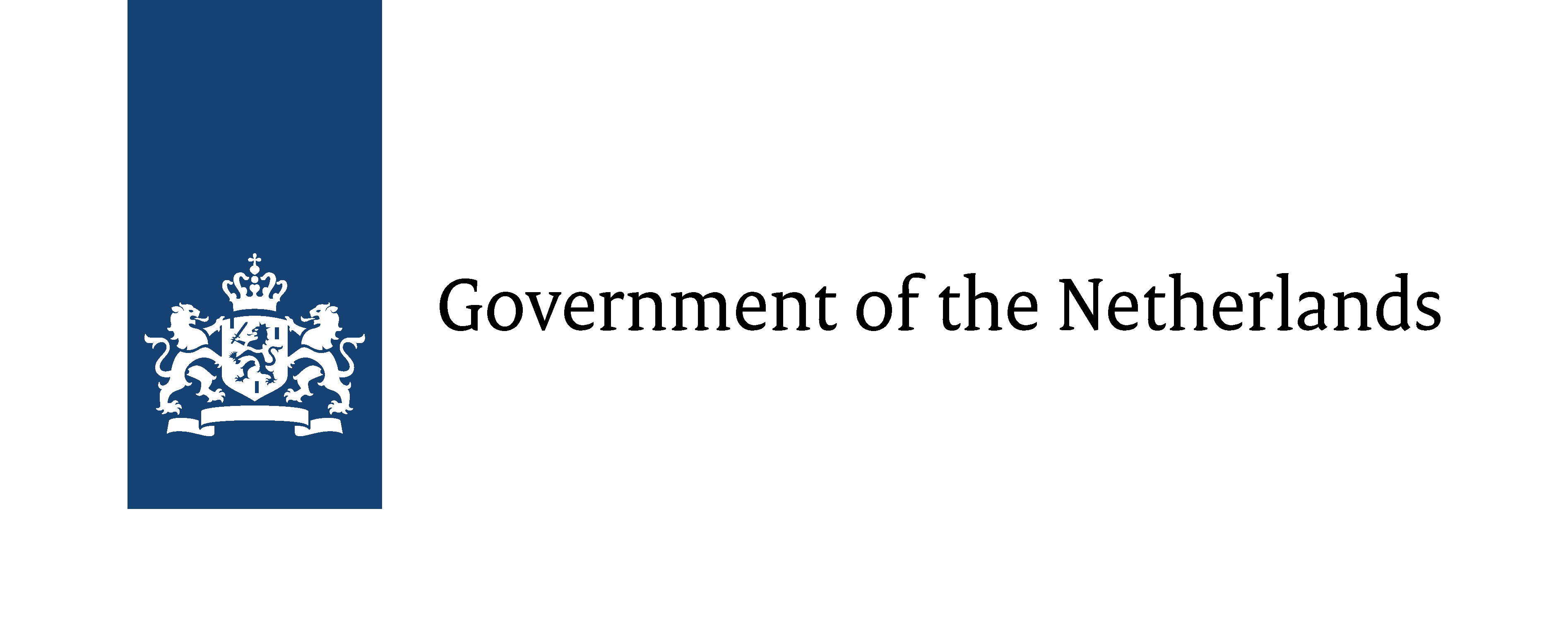DutchCulture organises a wide range of tailor-made international visitors programmes for cultural organisations and professionals. These programmes offer insight into a specific segment of the Dutch cultural sector to strengthen international ties and stimulate the exchange of ideas.
Since Russia's full-scale invasion, a special focus has been placed on supporting our Ukrainian colleagues. So far, DutchCulture has organised four visitor programmes specifically for Ukrainian professionals, each centred on a specific topic. The first programme focused on heritage protection, the second on cultural policy, the third on regional museums, and the fourth focused on artist residencies (AiRs).
In the last week of November, DutchCulture | TransArtists welcomed five organisers of artist-in-residences: Iryna Polikarchuk, Director & Public Programme Curator at Artsvit Gallery, Dnipro; Alona Karavai, Director at Asortymentna Kimnata, Ivano-Frankivsk; Anastasiia Manuliak, Representative of Zapravka & Head of Visual Arts at the Ukrainian Institute, Kyiv; Bozhena Pelenska, Programme & Executive Director at Jam Factory Art Center, Lviv and Natalia Ivanova, Director at Yermilov Centre for Contemporary Art and the ART KUZEMYN Residency, Kharkiv. Yuliia Elyas, an artist from Ukraine based in the Netherlands, joined the group as a translator and actively participated in the conversations.
During the five days they spent in the Netherlands, with a fully packed programme and meeting a variety of colleagues from the Netherlands, the team of DutchCulture | TransArtists discussed many topics and ideas with them.
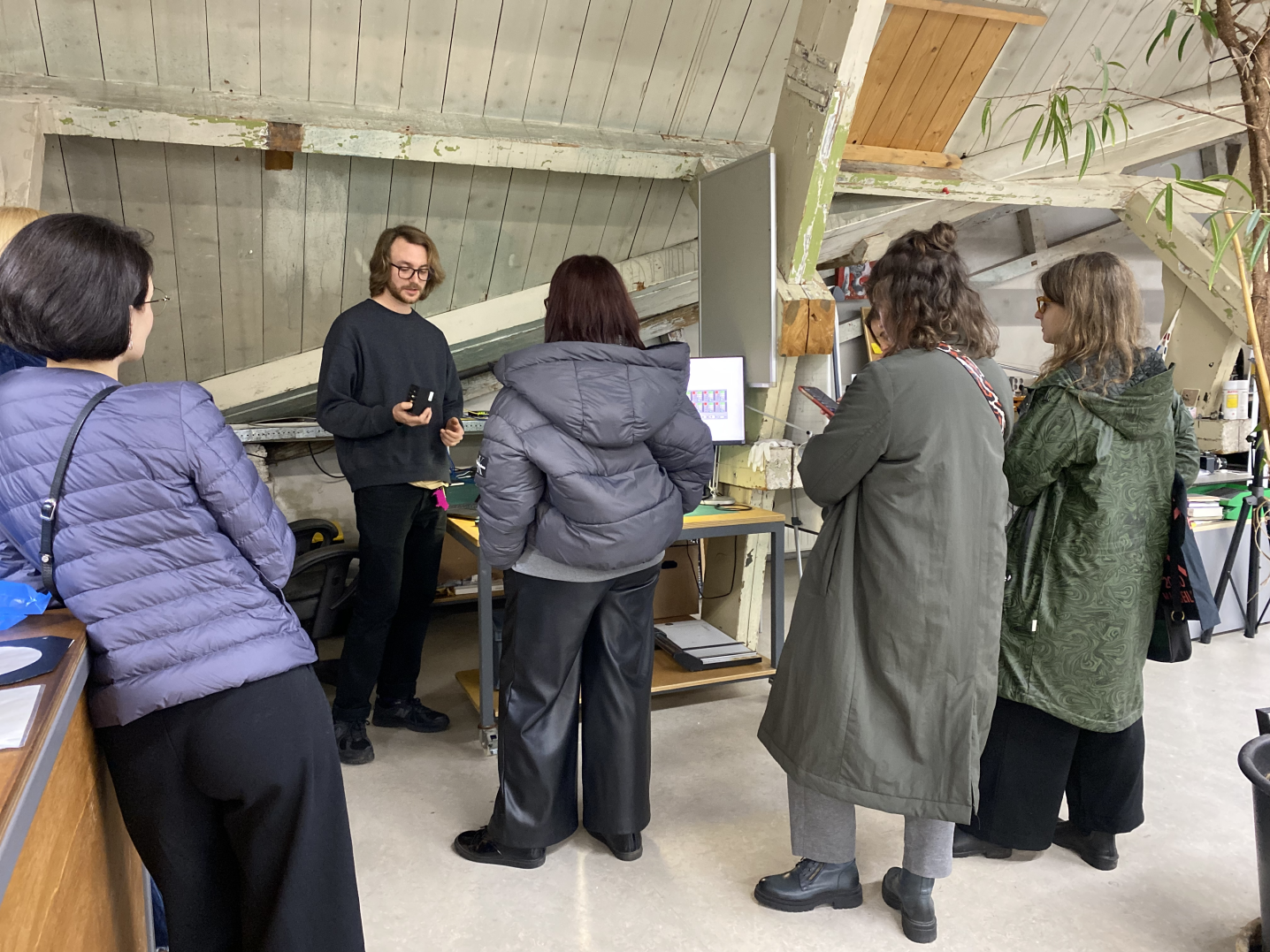
I managed to sit down with them for an hour, and here’s my attempt to bundle and summarise our talk(s) into a short text.
We started by sharing examples of projects that stayed with them for a long time, or that were very inspiring. It wasn’t easy to pick one thing “because all Ukrainian art is now connected to the war, and everything is about that but in a different language,” as Alona put it. She continued talking about an exhibition that focused on the Dnipro River, The River Wailed Like a Wounded Beast, organised by the Dovzhenko Centre. The exhibition took the river as an object and a subject: the history of Ukraine, from the Soviet times up until the recent catastrophes caused by the Russian army, was shown through the history of the river and the people living in its proximity.
Natalia added that everything they are doing is already an act of resistance, but also an act of solidarity and support for the communities that live nearby. There are many examples that are inspiring, and she mentioned a festival that was organised once electricity was restored in the Yermilov Centre (there was no electricity from March until May 2022). Serhiy Zhadan, Ukrainian writer and poet, offered to organise a rock music festival called Music for Resistance, for which he invited many musicians who now serve in the Ukrainian defence, and are volunteers. Musician Sviatoslav "Slava" Vakarchuk ("Okean Elzy") also joined the festival after he had been on the frontlines. He performed his song about Mariupol "Misto Marii", which he dedicated to the Ukrainian defenders. This was such an important event for the city, an act of support for everyone who stayed in Kharkiv. Natalia also mentioned that the play “Bread treaty” by Serhiy Zhadan was showcased in Yermilov Centre a number of times, staged by Taras Shevchenko Kharkiv Academic Ukrainian Drama Theatre. This was a big task for them, because the centre is not a theatre and they have to reorganise the whole space, but they did it because it was important for the community of the city, and every time it was sold out.
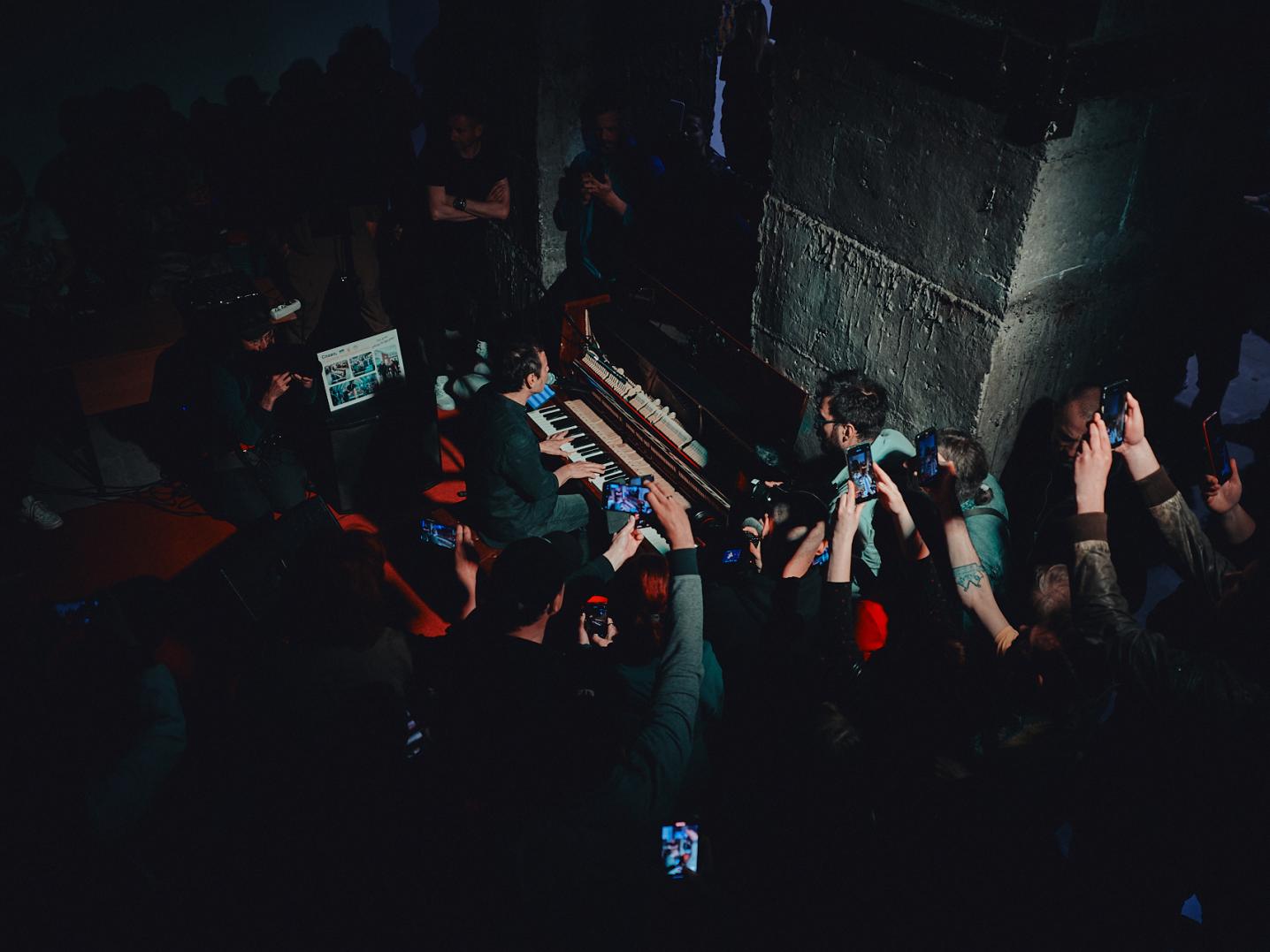
Bozhena mentioned that a lot of professional artists fled to Lviv, where they organised the “Navigation” programme in the Jam Factory Art Center in 2022. This was a rapid response to help relocated artists and at the same time give a sense of purpose to the people who remained in the city. They provided space and bursaries to the participating artists, and introduced them to institutions and people from the local scene.
Anastasiia added that simply the fact that Jam Factory Lviv opened its doors for the first time since the full-scale invasion was an enormous act of resilience. Their first exhibition reflected the current situation in Ukraine. The exhibition was titled “Our years, our words, our losses, our searches, our us”, and it combined contemporary works of art with historical Ukrainian artworks.
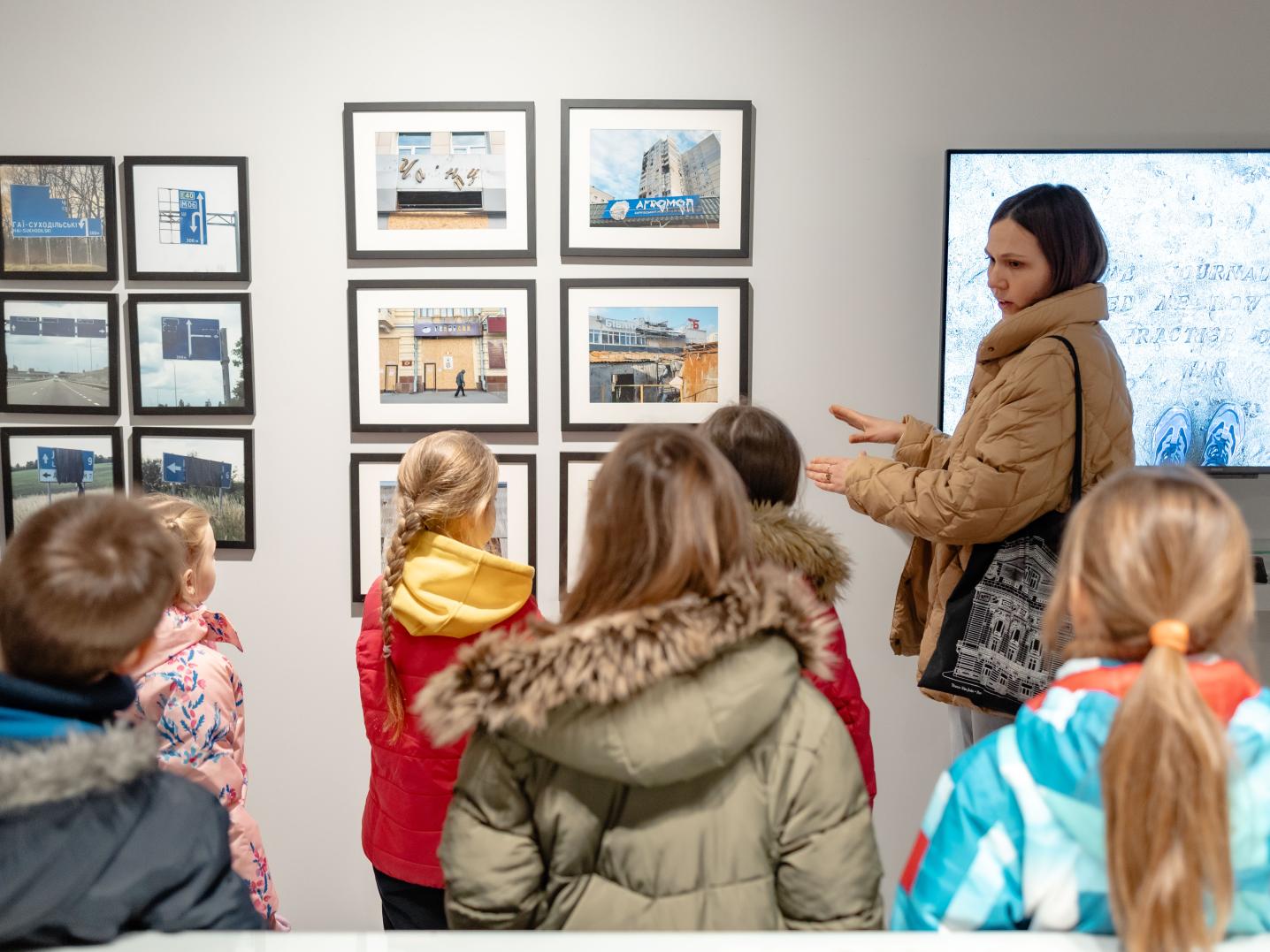
Our conversation took more of an abstract turn when I asked what is more disturbing in times of war – is it the absence or the presence.
Bozhena replied that, from her point of view, the absence was the most dangerous. “I’m thinking of practical things, like the international support on which we are relying. Time is very important in our situation, time is something that connects us in a physical and philosophical way, and we have it in a very limited amount. But I believe when there is an absence of something, there is also a space for something to be created and that takes time”.
To which Alona added, “An absence of something is very often not an absence, but is something not being spoken about, for example absence of people or the absence of public discussions on certain topics. With the presence is different, it is more frightening in a way, and I’m speaking here about the presence of far-right and conservative politics in Europe and the USA.”
Continuing on the theme of absence and presence, the discussion turned to where we position artist residencies within all of this. What is the importance of organising them and how can residencies affect and support the (local) community?
Iryna said that after the full-scale invasion, the institution has mostly focused on local creative communities and artists. They see this is as an opportunity to support the artists and communities who decided to stay in Dnipro in these tough times, as the city is very close to the front line. “We are trying to give more knowledge and instruments to the artists on how to develop their practice. In addition to the educational aspect, we are finding ways to offer them mental support through residencies. ThereforeTherefore, we are mostly organising group residencies, and this is a kind of a therapy where they can support each other.”
Bozhena mentions something similar: “Our institution not only gives place and budget to the artist, but also provides them with a creative community where they can work together. We also organised for a psychologist to be present and to help out when needed. Artists were given enough time to research a project, but sometimes they just need the time to feel better, maybe talk to others and not work. And we give them the time and space for that.”
Natalia summarised these sentiments very well: “Artists have always been a precarious category, but now in these extraordinary circumstances they need extra support. Some of them stopped making art, while some need support after returning from the frontlines and wanting to continue making art. The residency ART Kuzemin never stopped working, and it became a space where artists are coming not only to work, but also as a space to rest.”
Anstasiia adds that “From Zapravka’s research and the constant monitoring of the residency landscape in Ukraine, we notice that networking and community are at the core of what residencies are for in these times. There is a strong humanitarian aspect to allowing artists to not only be artists and to work, but also giving them a place to recuperate.”
Alona observes that the Covid pandemic now seems like a preparation for what is currently happening in Ukraine, with the hybrid working in residencies and the need to constantly rethink how residencies are organised.
“Residencies are an important place for people to connect and synchronise with each other in temporary safe or safer spaces. I’m also thinking of residencies as a window for international communication, and last summer in 2023 we opened our residency to international artists. We said the situation is a bit safer, but we cannot give a 100% guarantee, so the applicants need to know this before applying. We received a lot of applications from artists – 70% Ukrainian and 30% international. The exchange in the residency between national and international artists was deeper and more meaningful in this way. We are also thinking about the options to keep our residency open to international artists, because we do not know when the military phase will end. What if it lasts for another 10 years? We need to find ways of maintaining these international connections, because 10 years is a whole generation of artists.”
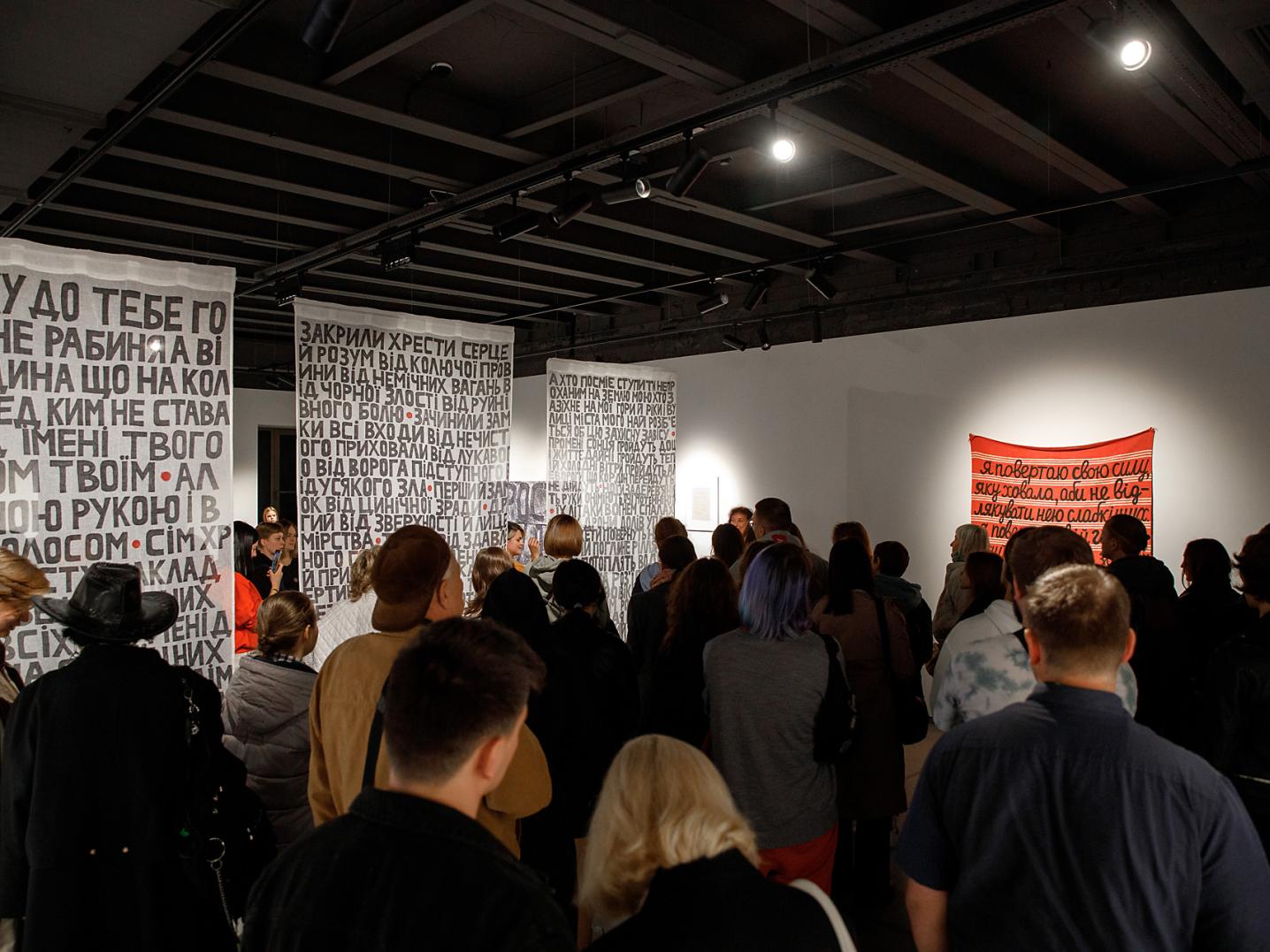
Toward the end of our conversation we reflected on the use of humour as an act of resistance and survival strategy. As Bozhena said, “We do have a lot of dark humour, although you can’t really laugh immediately, since there is a lot of personal loss. There is a big absurdity in war, and this is where a lot of jokes are coming from.”
Natalia concludes that art and humour are very interconnected. Humour is an important part of the Ukrainian culture and mentality, and it is helping people a lot in these times, as it always has. On another note, she continues with a story of Ukrainian soldiers who are on the frontline and are planting different kinds of herbs, vegetables and fruit. “I’m convinced that Ukraine is a nation that is planting and growing and aside from humour, this is also what defines the Ukrainian identity and culture: creation and regeneration.”
